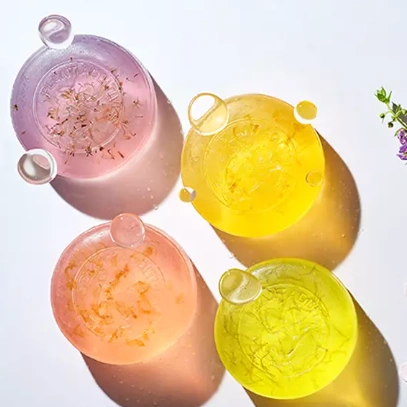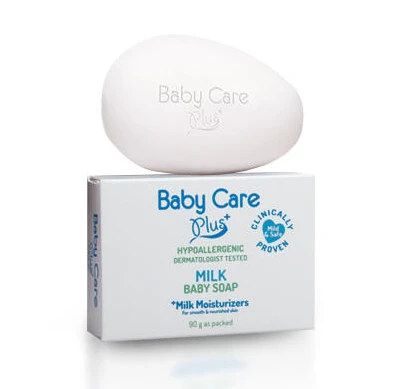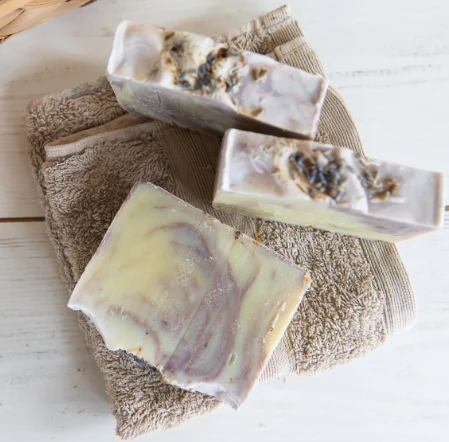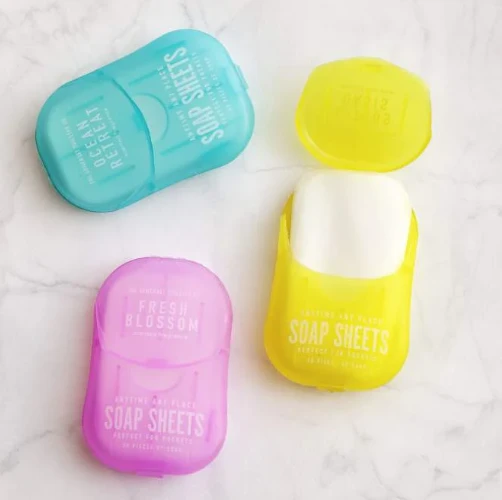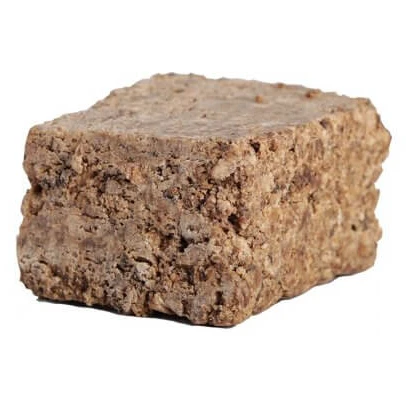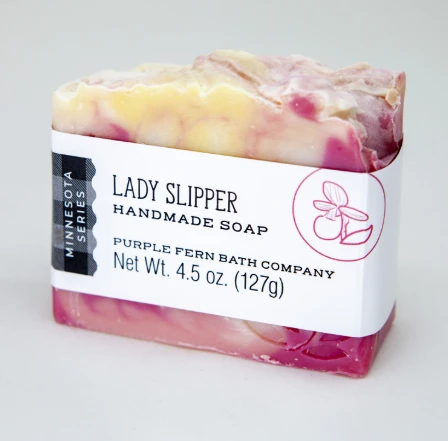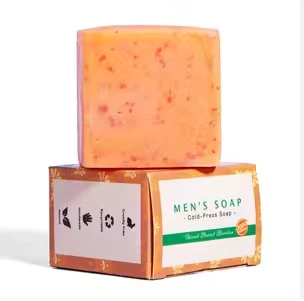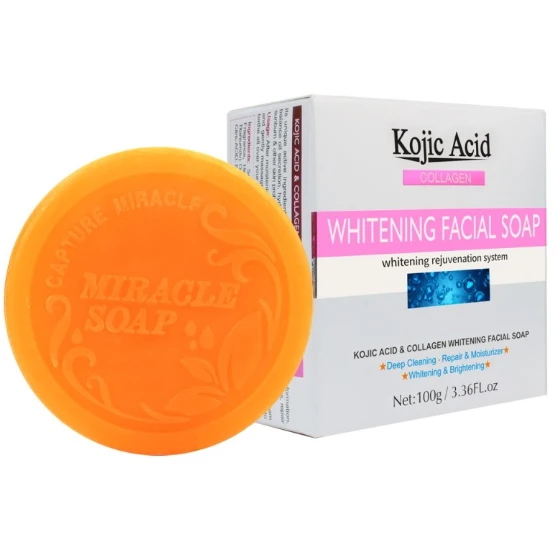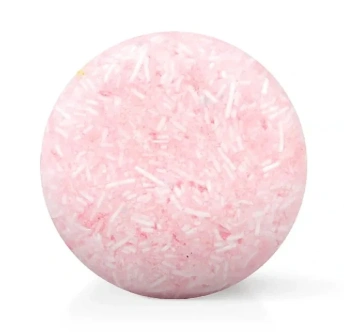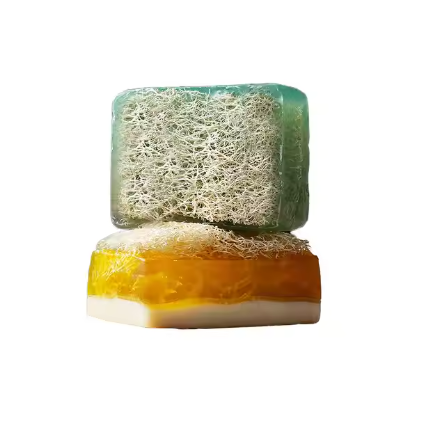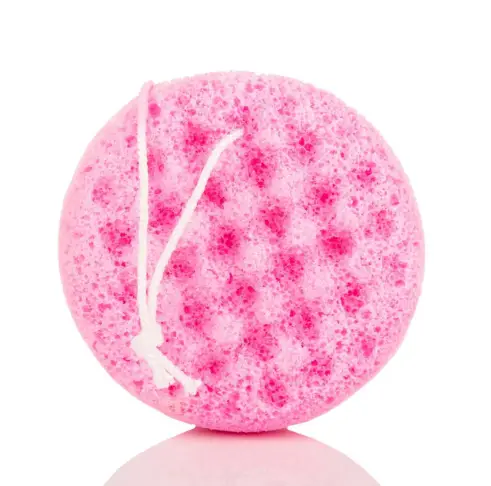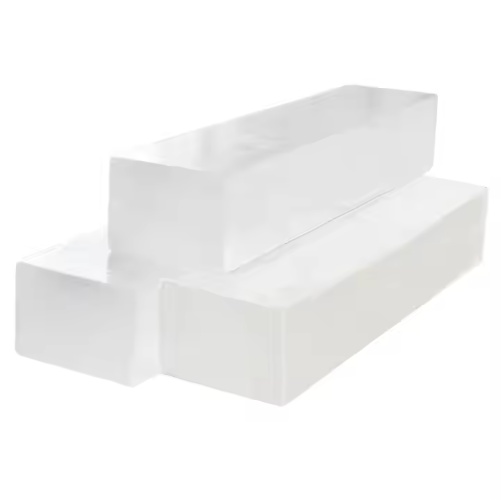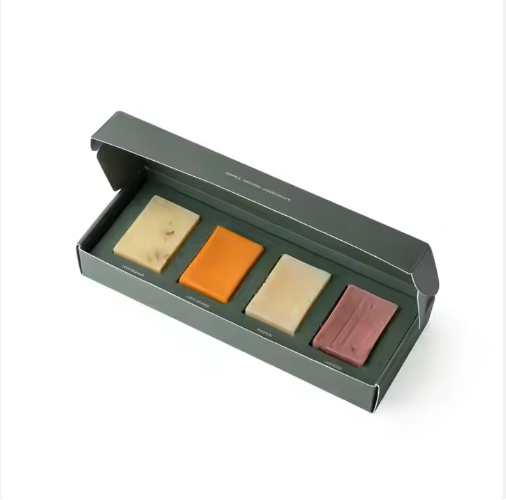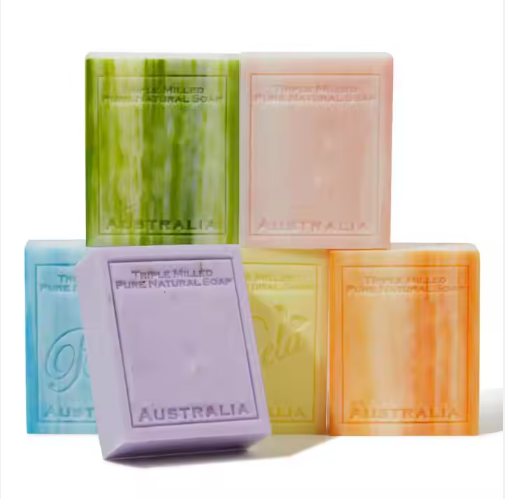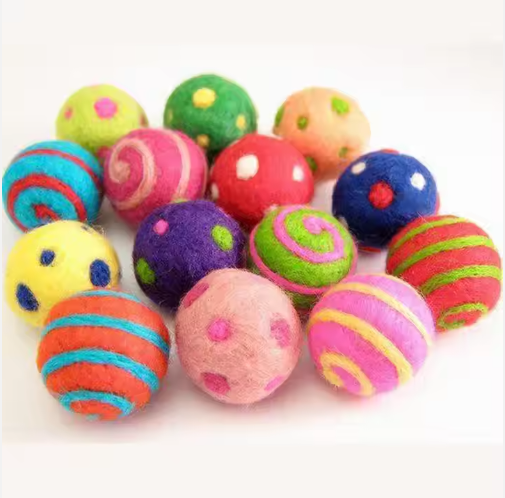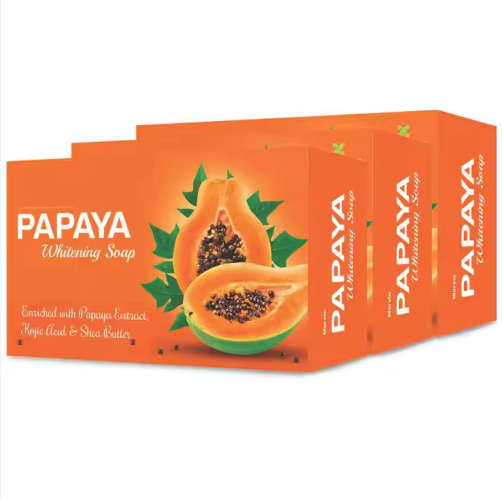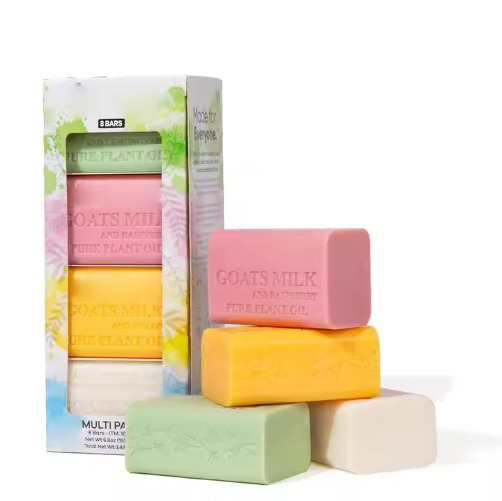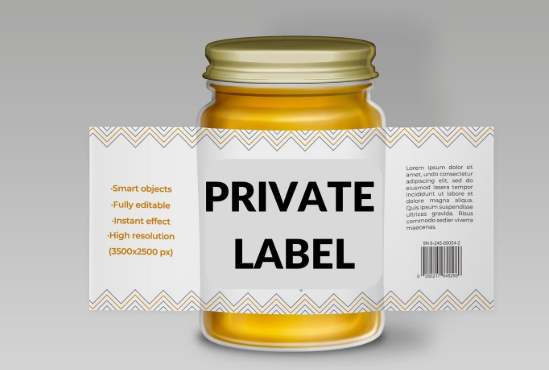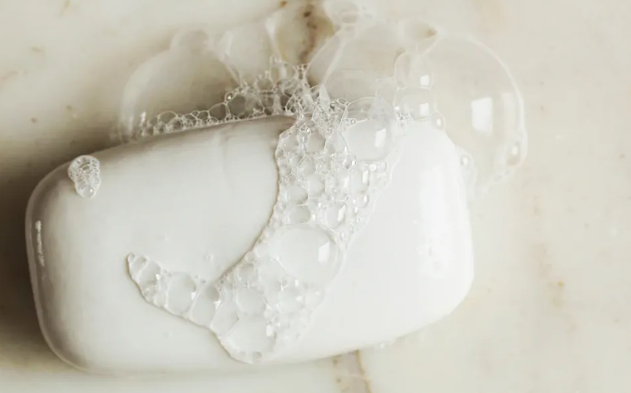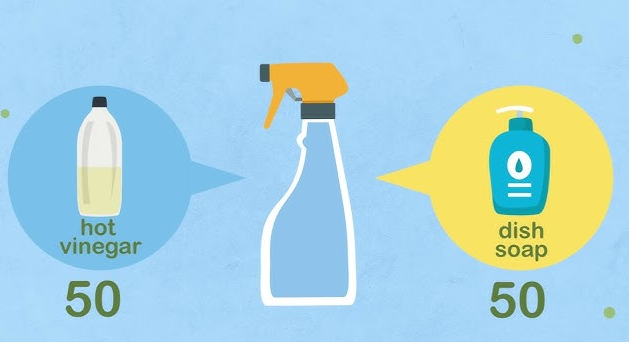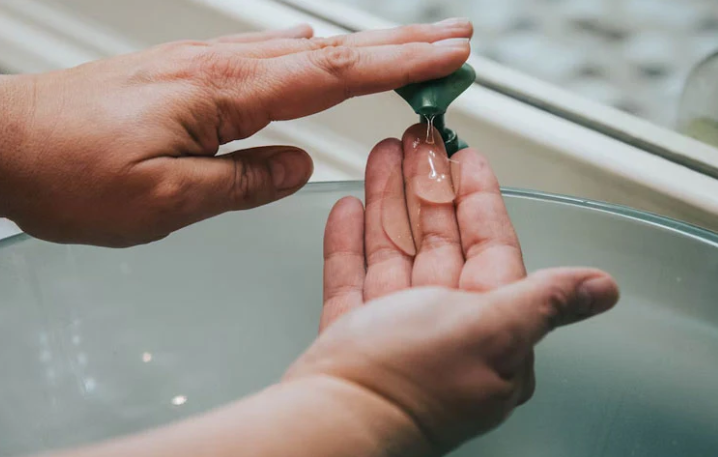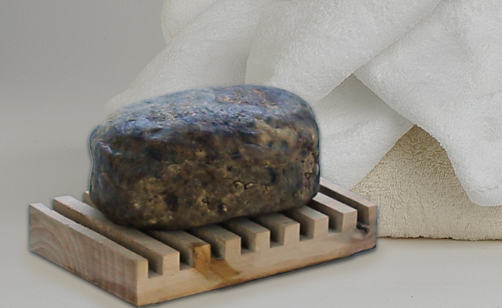How to make goats milk soap at home
What is Goats Milk Soap?
Soap made with goats milk is made using a process called saponification. Saponification is an age-old chemical process creating soap using a combination of acidic oils and fats, mixed with base called lye.
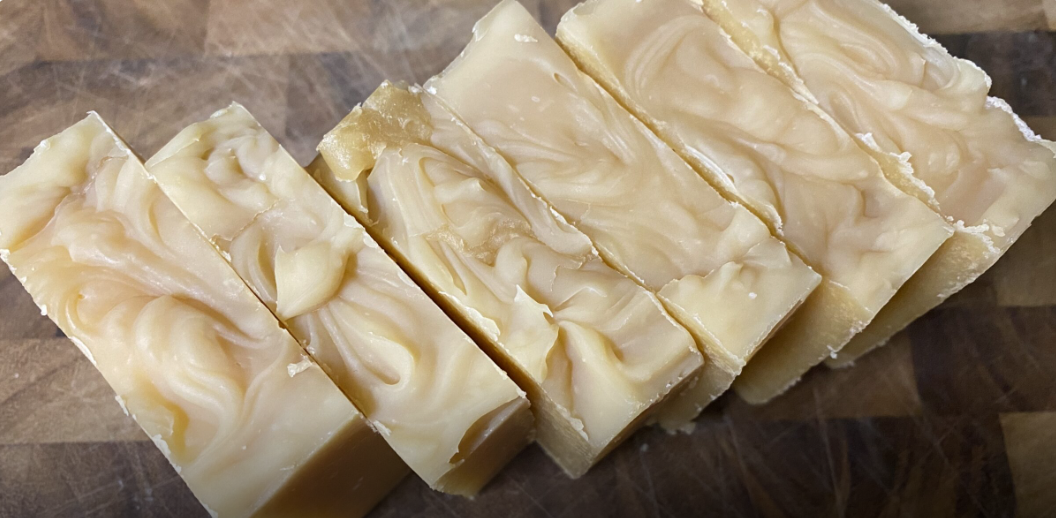
Goats milk is high in saturated and unsaturated fatty acids, which makes Goat Milk Soap rich, gentle, and nourishing.
Benefits of Goat Milk Soap
Typically, commercial soaps include harsh surfactants which strip your skin of its natural oils, leaving it leaves your skin dry and often irritated.
Goats milk contains high amounts of fats, particularly caprylic acid, which aids in the removal of dirt and debris without stripping the skin of natural oils. Additionally, goats milk is known to be rich in natural fatty acids and cholesterol, which helps maintain natural skin membrane.
Also, goats milk is a good source of selenium, a mineral known to aid in the protection from skin diseases and used to improve psoriasis symptoms like dry skin.
Goats milk is a good source of vitamin A, known to have excellent anti-aging properties.
How To Use Goat's Milk For Skin
We have listed some effective ways to use goat milk for skin.First and foremost, always opt for high-quality goat milk if you plan to use it directly on your face.
Another effective way of using goat milk on the skin is to use it in the form of skincare products. Sadhev’s Goat Milk and Jojoba Butter bathing bar is one of our personal favourites.
You can also add a few spoons of goat’s milk to a bucket of water and take a bath with it. This will help in naturally moisturising your skin and making it look and feel healthy.
To use goat’s milk for skin, you can mix it with honey, chickpea flour or fuller earth to create a face mask. Put that face mask on your skin for 15-20 min and then wash it off with water to experience a radiant glow.
Homemade Goat Milk Soap Recipe
The following is my recipe for simple, unscented goat milk soap. If you are a seasoned soaper, you can certainly factor in other fats and fragrances into your soap using an online calculator, like this one. And yes, you can still make it even if you don’t have access to fresh goat milk. You can buy powdered goat milk online or at most grocery stores and water it down according to the instructions.
Ingredients
-
9.6 oz animal tallow*
-
9.6 oz extra virgin olive oil
-
8 oz virgin coconut oil
-
4.8 oz castor oil
-
12.16 oz frozen goat milk
-
4.5 oz sodium hydroxide (lye)
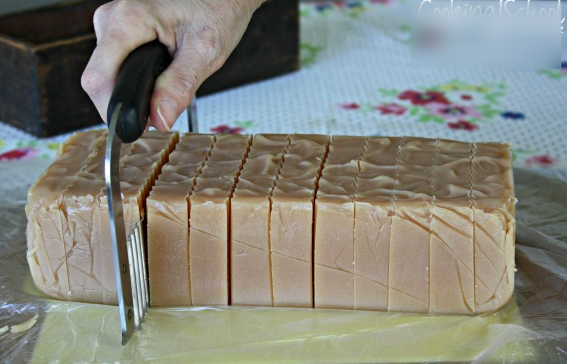
Directions
-
Prepare the Lye Water
Place your frozen, pre-weighed goat milk into a heat safe pouring container (I use a Tupperware pitcher with a lid). Carefully pour in your lye flakes in 2-3 batches, using a potato masher to mix the lye into the milk slush. When all the lye has been added and mixed in, set the milk mixture aside.
*This can take a little time and elbow grease, but it is worth it to start with the frozen milk so you don't scorch it. Lye reacts with liquid and heats up quickly, so freezing your milk helps to slow the process down.
As it reacts with the lye, you may notice that the milk changes color. Orange or light tan is okay, but you will need to try again if it gets to a dark brown. This means the milk has been scorched and the sugars are burned.
-
Melt the Oils
Weigh out your fats and put them in a heat safe glass or stainless steel bowl. Heat the oils over a double boiler until they are fully melted and reach a temperature of about 110-125 degrees.
-
Blend
On a clean, flat surface, pour your lye solution slowly into the melted oils. Blend using your immersion blender on the low setting at first, taking care to protect your eyes and hands. You will want a long sleeve shirt on, too. When the oils and lye begin to incorporate, you can switch to the higher setting on the stick blender. Mix until you have reached a thick trace that looks like pudding.
-
Mold
Pour the soap batter into your loaf mold. I like to cover mine with a little cardboard and wrap it in a dish towel to encourage an even cure, but you don’t have to do this. Wait at least 24 hours before un-molding.
-
Un-mold and Cut Your Soap
After 24 hours, you can check to see if your soap is hard enough to un-mold. Tip it out on a cutting board and slice into even bars. Store the bars in a cool, dry place. Let them cure for at least two weeks, then you can use them.


